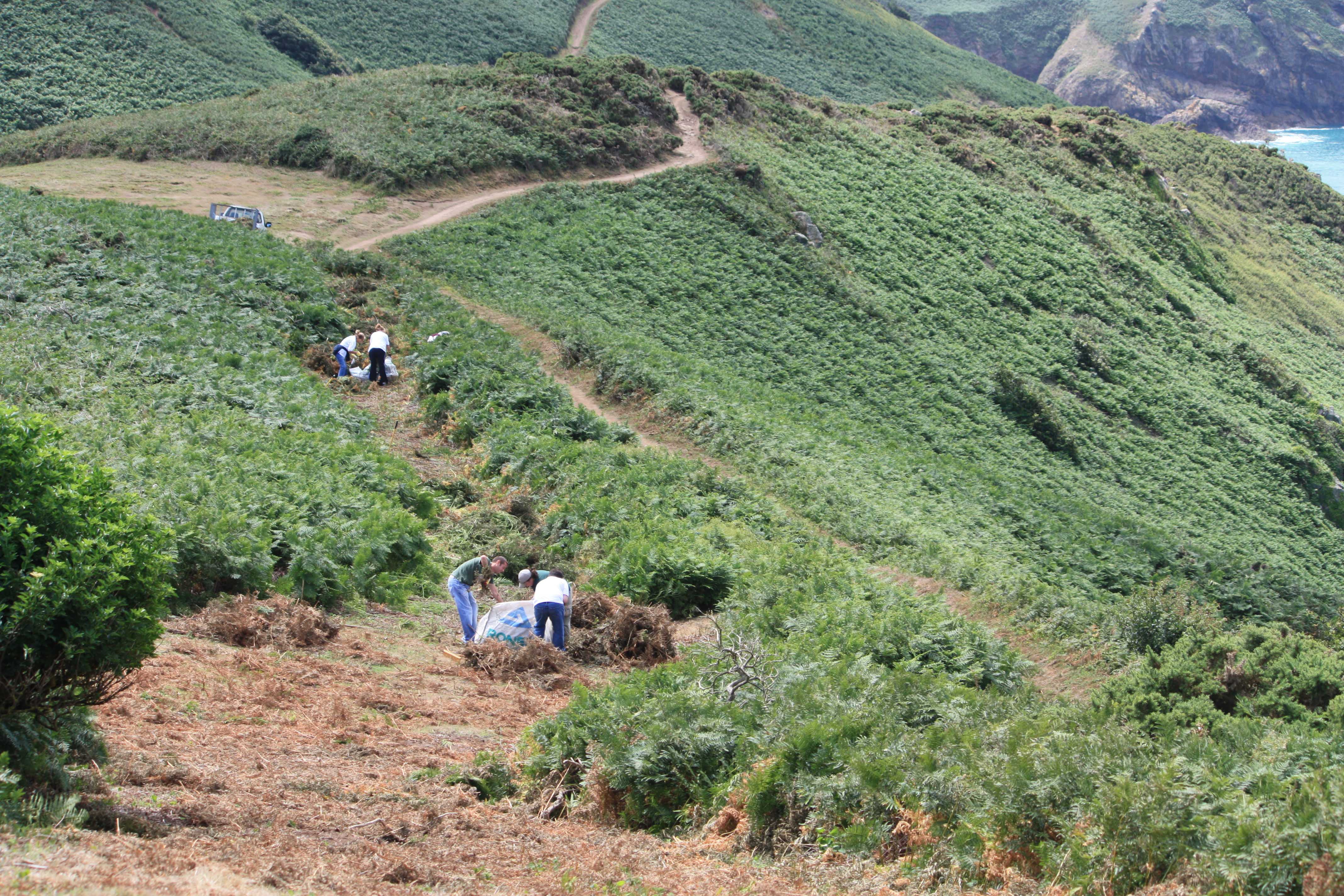Our proposal to generate a Community Ecopark with walking trails in the sector Olga, mainly seeks to link the community, being these the main protagonists in the development of day-to-day activities of the Ecopark. as tourist guides, vendors of handicrafts, sellers of agricultural products, patio grown goods and multiple activities more. Thus, generating sustainable development over time, bringing important resources to a community that today lives in poverty and its members do not enjoy state, local or private support.
This project is considered a pilot or seed project whose success will allow multiplying its methodology and actions in other water basins in Colombia and the world where conditions are similar to that of the La Olga sector are visualized. In addition, the success of this project will allow meeting 2 fundamental needs:
a). Improve the quality of life of the community.
b). Increase per capita income of families involved in the project
c). Ensure that sustainable and sustainable activities are carried out in the area that benefits the environment.
Economical resources: With the proper financing we can start gathering the people and promote the construction of walking trails. Also, we can start reforesting the zone between the watersheds and building our first community house where all the pedagogical and educational lessons will start its development.
Community is one of the most important enabling factors since local communities are the ones that will be trained to operate successfully the Ecopark.
People from the community need to have strong support from the ADSEI Project Director. Otherwise, they will start doubting about the project implementation and execution. This is why ADSEI requires also support from the private sector and the government in the creation of a solid working group.
